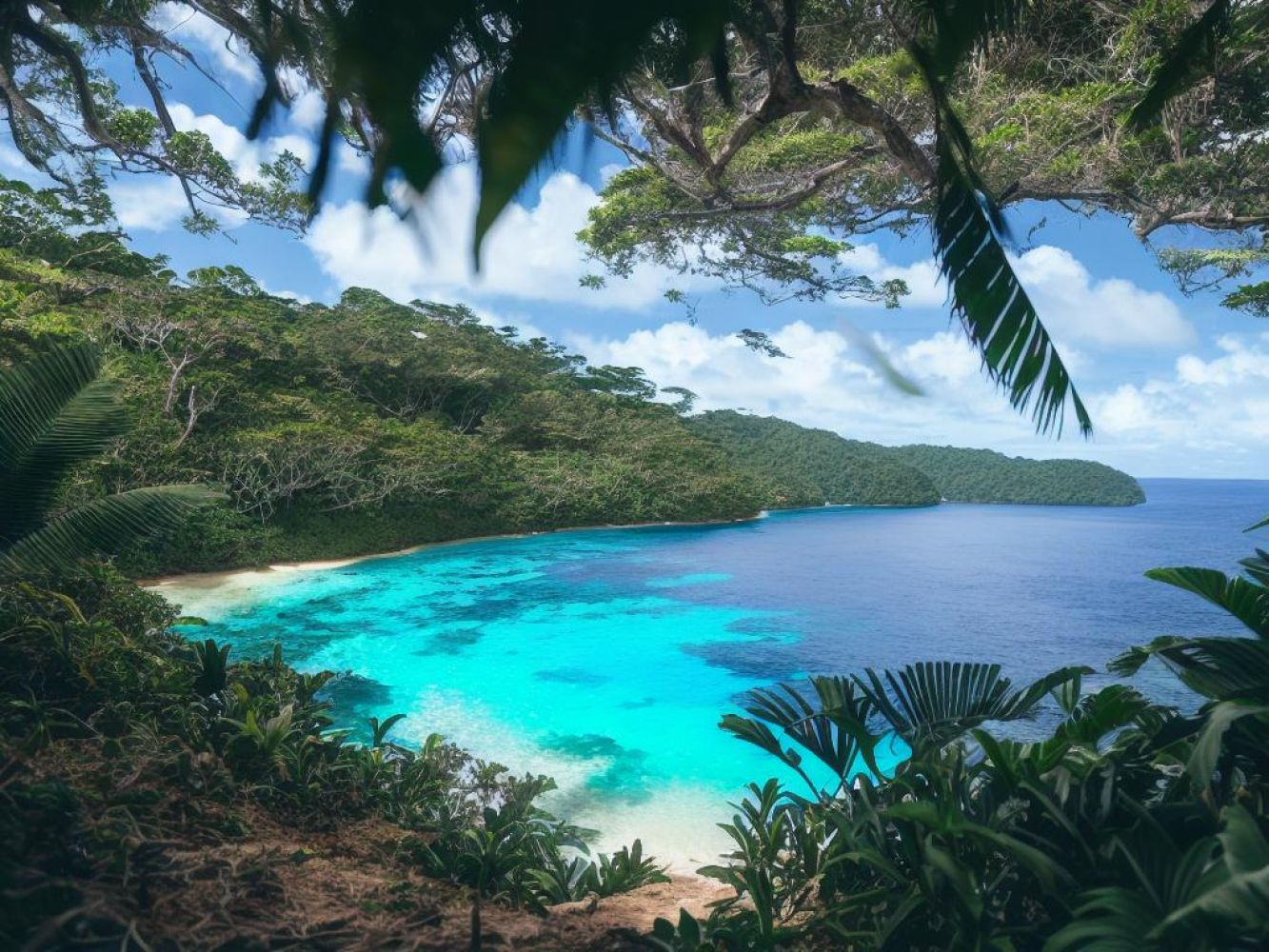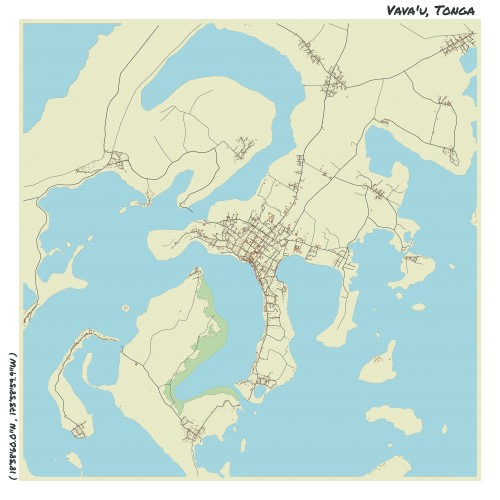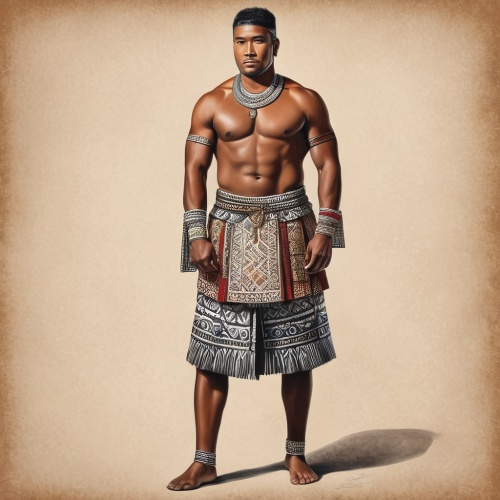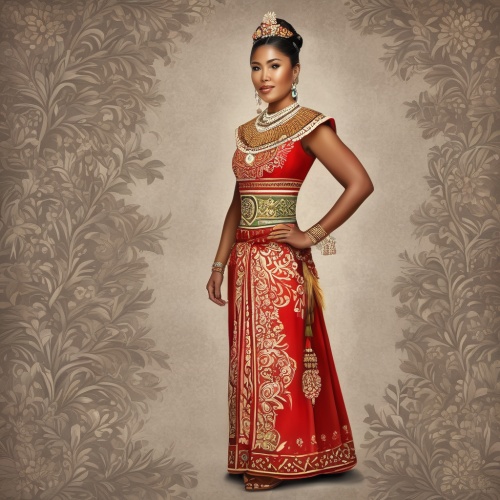Understand
The islands of Vava'u have a rich history, with evidence of early-Polynesians occupying the region approximately 3000 years ago, as suggested by the findings of Lapita pottery. Presently, the Group is home to around 20,000 people, with a significant portion residing in Neiafu and surrounding villages. The remaining population is scattered across small villages on other islands. Neiafu serves as the official port of entry for yachts arriving in Vava'u, attracting over 500 yachts during the winter sailing season from June to October. Thanks to a string of islands and reefs along the eastern edge of the Group, the area is protected from strong winds and ocean swells, making it an ideal habitat for humpback whales during their calving season. This period, between December and April, marks the high season for tourism. Conversely, from May to September, few visitors come, and many tour companies and restaurants temporarily close. Located on the southern point of the main island of 'Utu Vava'u, Neiafu stands as the bustling center of activity. It boasts a picturesque setting on one of the world's most stunning harbors. Neiafu offers various amenities such as banks, schools, tour companies, restaurants, cafes, bars, supermarkets, a market, and a hospital. Although it lacks a beach, convenient boat access to nearby coral atolls with pristine sandy beaches is readily available. Vava'u enjoys a tropical climate, characterized by average temperatures ranging from 24C in June to 29C in January. The region experiences abundant sunshine throughout the year. However, the period between November and April can be more humid and witness occasional thunderstorms and cyclones. From May to September, southeast trade winds prevail, while the summer months bring winds from the northeast. The main islands within the Vava'u Group include: - 'Utu Vava'u: The largest island, home to Neiafu and featuring heights of up to 213m in the west. It supports a rich biodiversity, hosting eleven indigenous bird species. 'Utu Vava'u houses Mt. Talau National Park, preserving some of the native vegetation, including the pandanus or screw pine, casuarina, and mulberry tree used for tapa cloth. - Pangai: The second largest island, visible from Neiafu, connected by a land bridge at the southern point of Utu Vava'u. Pangai offers beautiful beaches, secluded coves, and protected bays suitable for snorkeling. Avai'o'vuna Swamp, a small coastal wetland, can also be found on the island. - Hunga Island: This island, located approximately 35 minutes from Neiafu Harbour, serves as a significant gathering place for humpback whales. With its deep waters, sheltered bays, and tranquil environment, it provides a resting sanctuary for humpbacks and their calves.
Map & Climate
Popular Foods
 The first most popular dish in Tonga is 'Ota Ika, which translates to "raw fish." This traditional Polynesian dish consists of fresh raw fish, typically tuna, marinated in lime juice and coconut cream, accompanied by onions, tomatoes, and cucumbers. It's served chilled and is often enjoyed during special occasions or as a refreshing meal on hot days. The citrus and coconut flavors mix perfectly with the fish, making it a light yet satisfying dish.
The first most popular dish in Tonga is 'Ota Ika, which translates to "raw fish." This traditional Polynesian dish consists of fresh raw fish, typically tuna, marinated in lime juice and coconut cream, accompanied by onions, tomatoes, and cucumbers. It's served chilled and is often enjoyed during special occasions or as a refreshing meal on hot days. The citrus and coconut flavors mix perfectly with the fish, making it a light yet satisfying dish.  The second popular dish is Lupegi, a type of Tongan lasagna made with layers of minced beef, tomato sauce, cabbage, and macaroni pasta. Cheese is generously sprinkled between each layer, and the entire dish is baked until the cheese is bubbly and golden brown. The combination of savory meat and tangy tomato sauce, paired with the comfort of warm, cheesy pasta, makes this a hearty, crowd-pleasing meal.
The second popular dish is Lupegi, a type of Tongan lasagna made with layers of minced beef, tomato sauce, cabbage, and macaroni pasta. Cheese is generously sprinkled between each layer, and the entire dish is baked until the cheese is bubbly and golden brown. The combination of savory meat and tangy tomato sauce, paired with the comfort of warm, cheesy pasta, makes this a hearty, crowd-pleasing meal.  Lastly, Tonga's third popular dish is Umu, a traditional earth oven feast, typically prepared for large gatherings and celebrations. Meats such as pork or chicken are marinated in a mixture of coconut cream, lemon, and ginger before being wrapped in banana leaves and placed in a deep pit filled with heated rocks. As the rocks cool down, they steam the meat slowly, infusing it with an array of exotic flavors. Vegetables and fruits, like yams, taro, and bananas, are also cooked in the underground oven, resulting in a sumptuous spread that brings people together.
Lastly, Tonga's third popular dish is Umu, a traditional earth oven feast, typically prepared for large gatherings and celebrations. Meats such as pork or chicken are marinated in a mixture of coconut cream, lemon, and ginger before being wrapped in banana leaves and placed in a deep pit filled with heated rocks. As the rocks cool down, they steam the meat slowly, infusing it with an array of exotic flavors. Vegetables and fruits, like yams, taro, and bananas, are also cooked in the underground oven, resulting in a sumptuous spread that brings people together. 




Comments
NO COMMENTS